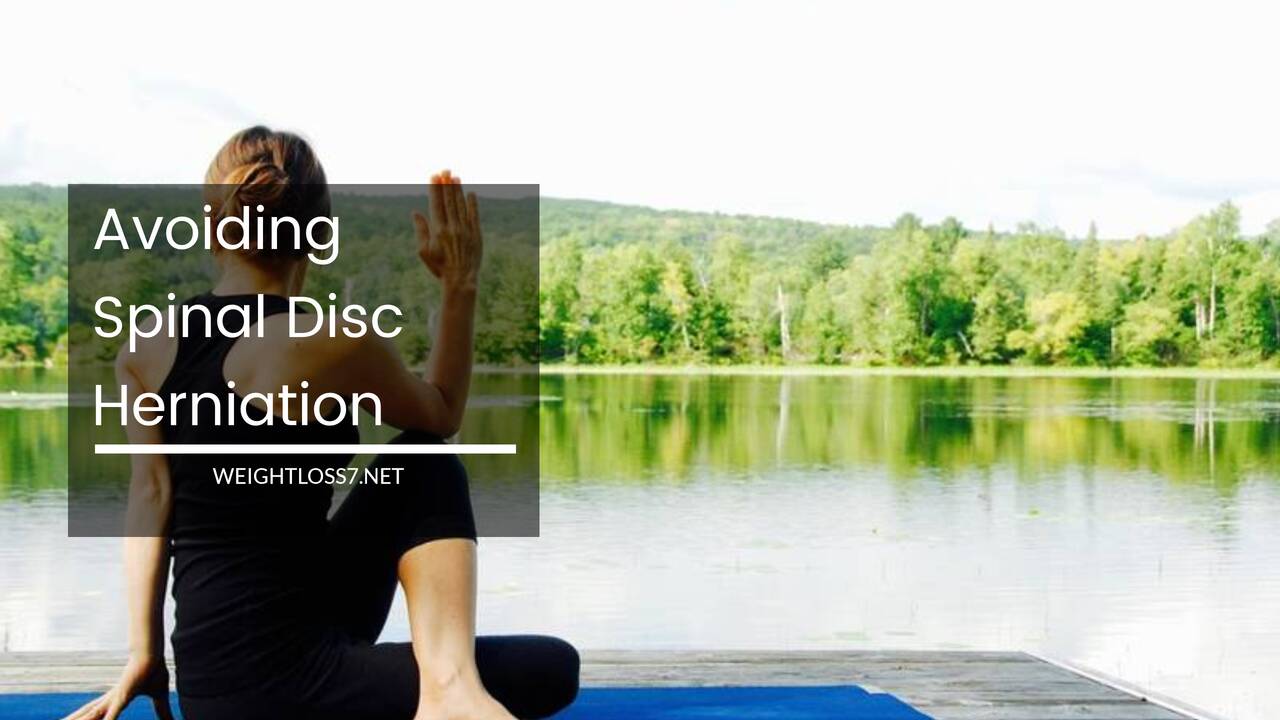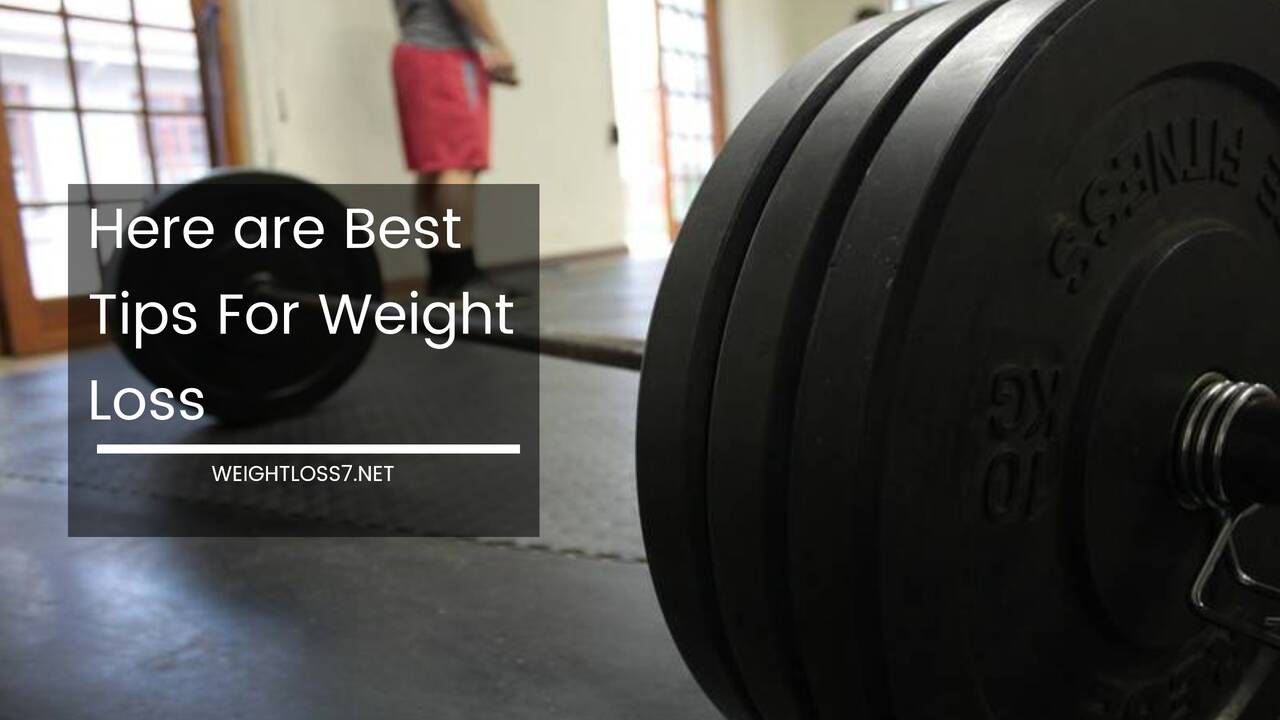Avoiding Spinal Disc Herniation

Spinal disc herniation is a condition that affects thousands of people in the United States. It occurs when the natural pads that protect the vertebra of the spine become misaligned, causing intense pain.
You can avoid spinal disc herniation by using common sense when lifting or doing athletic activities.
Anatomy Of The Spine
The spine is composed of 26 bones called vertebrae that are stacked on top of each other. These bones create an empty channel within which lies the spinal cord.
The nerves lie within the spinal cord and transmit electrical messages that cause movement and create sensations. The spinal discs, which consist of a tough outer layer and jelly-like inner layer, are positioned between the bones to create a cushion to protect them from damage.
When the discs become damaged by overuse or an accident, they can become misaligned and causes pain during movement.
About Spinal Disc Herniation
Spinal discs are flat, round, and about ½-inch thick. When damaged, the discs can bulge out from their normal position within the spine.
This is often called a slipped or ruptured disc. This herniation of the disc presses on the nerves in the spinal canal. Herniation can occur in the upper back, the middle back or the lower back, causing pain in any of these areas.
Who Is at Risk?
Herniation of the spinal discs are often associated with aging. Young people have a higher water content in their bodies. This water helps to nourish tissues like the spinal discs.
With aging, less water is present in tissues and the discs can become more susceptible to injury. Normal wear and tear produces more stress on the discs.
Repetitive actions on the discs, such as those associated with sports, can cause herniation. Sudden lifting of heavy objects can also cause the discs to become strained and misaligned.
People over the age of 40, those who engage in athletic activities, and those who must do heavy lifting for their jobs are all at risk for disc herniation. Anyone who engages in sudden activity that involves the back and spine can suffer from a slipped disc.
Avoiding Disc Herniation
One of the most important measures you can take to prevent herniated spinal discs is to keep your weight within normal limits.
Every additional pound causes additional stress on your muscles, bones, and connective tissues. Staying within your healthy weight range helps to prevent overuse of these body parts.
Regular exercise is also important for healthy spinal discs. Keeping back muscles strong can help prevent injury from sudden movements and strains.
Maintain proper posture when walking or standing; keep your head up, your chin down, your abdomen held in and your lower back without a curve.
When sitting, support your lower back with a small pillow. Be aware of the position you sleep in, and use additional pillows to support the back when necessary.
Utilize the proper lifting technique when lifting or carrying objects. Squat and bend your knees; use your legs, not your back, to do the work. Use a back support belt for heavy lifting tasks.

















